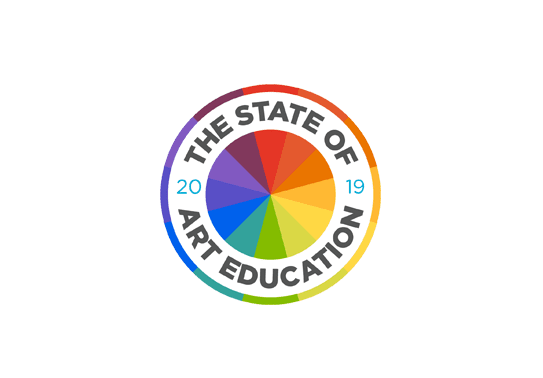Last year, we conducted the largest survey of K-12 art teachers in the United States. Our goal was to share a comprehensive look at what it meant to teach art in the 21st Century.
This year, we did it again! In January 2019, over 2000 art teachers from all 50 states shared about everything from supply budgets to educational initiatives.
Once again, we are excited to share the results. See the ten most interesting insights below. Then, download the comprehensive survey results here.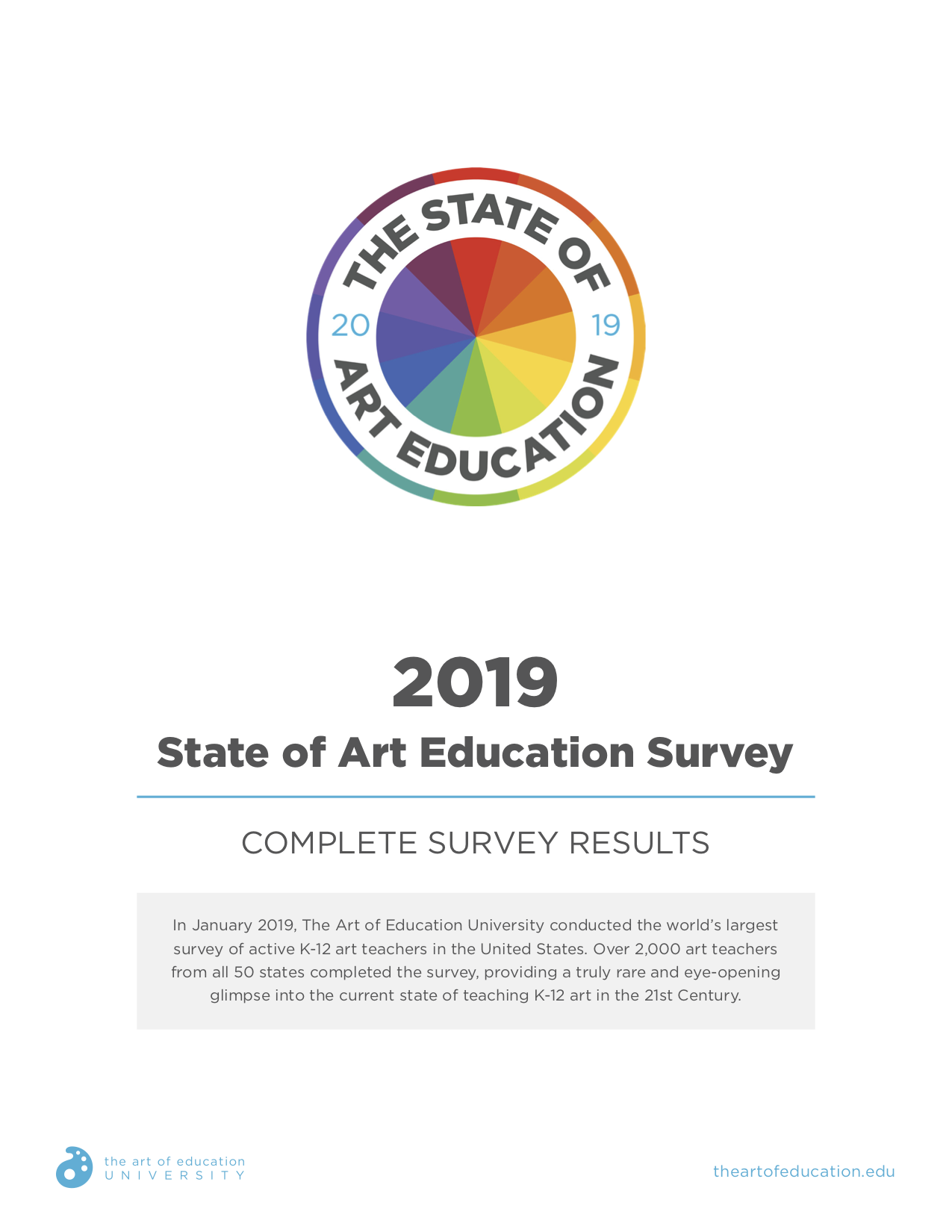
10 Quick Takeaways from the Full Report
1. So much to do, so little time.
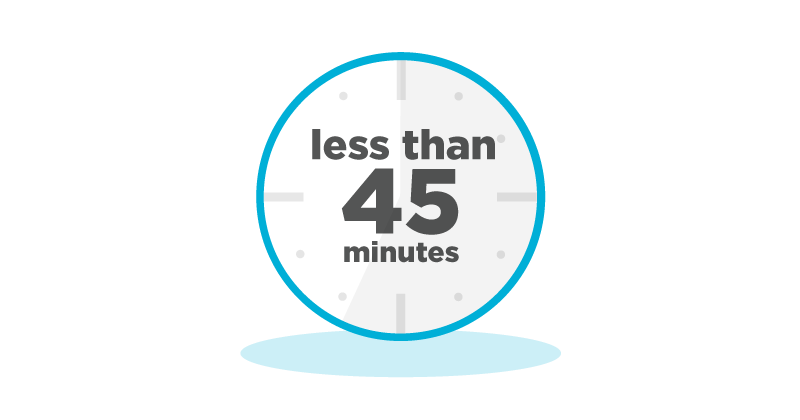
57% of art teachers have less than forty-five minutes of prep time each day.
2. Show me the money.
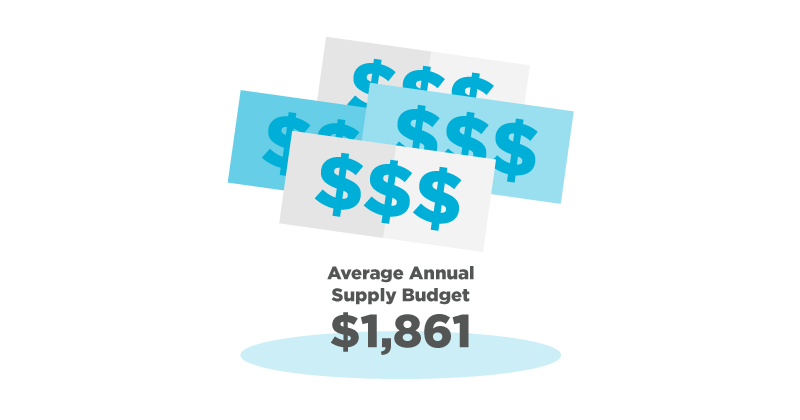
Nationwide, the average art teacher sees 376 students per year and has a budget of $1861. However, averages can be misleading. We know many art teachers are making do with much less. Perhaps this is why 46% of art teachers need to fundraise to bring in extra money for their programs.
3. Fibers and tech and printmaking, oh my!
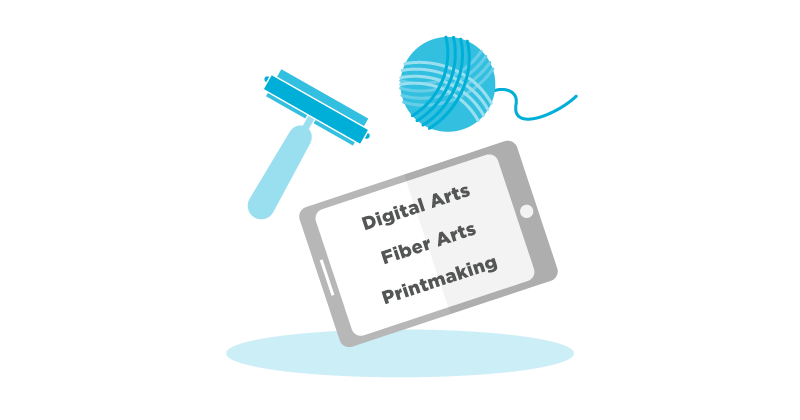
On the whole, art teachers are most interested in learning more about digital arts, fiber arts, and printmaking. Does this describe you? Check out these courses and Learning Packs that can help!
Digital Arts
- Studio: Photography Course
- Digital Animation PRO Learning Pack
- Digital Photography Basics PRO Learning Pack
- Discovering Photoshop Basics PRO Learning Pack
Fiber Arts
- Studio: Fibers Course
- Basic Weaving Techniques PRO Learning Pack
- Sewing Basics in the Art Room PRO Learning Pack
Printmaking
- Studio: Printmaking Course
- Monoprinting for Every Level PRO Learning Pack
- Relief Printing Basics PRO Learning Pack
- Transfer Printing PRO Learning Pack
4. Sticking to it like glue.

28% of middle and high school teachers and 25% of elementary teachers reported they have been teaching for over twenty years!
5. Great power and great responsibility…

66% of elementary teachers, 74% of middle school teachers, and 70% of high school teachers report having total control over what they teach. This can be a blessing and a curse. If you’re looking for guidance, check out the resources below.
- Designing Your Art Curriculum Course
- Designing Art Curriculum Units PRO Learning Pack
- Planning a Sequential Elementary Curriculum PRO Learning Pack
- Designing an Intro to Art Course PRO Learning Pack
- Implementing the National Art Standards PRO Learning Pack
6. Art teachers raise the bar.

75% of art teachers reported following their state standards, and 54% reported following national standards.
7. Working together.

19% of elementary art teachers have another art colleague in their building. This number jumps to 59% at the high school level.
8. The name game.

Elementary art teachers have the toughest job when it comes to remembering names. On average, they see approximately 460 kids each year! Middle school and high school average 360 and 220 respectively.
9. The highest highs and the lowest lows…

74% of art teachers said watching students develop their creative abilities was their favorite part of the job. Coming in second? Building relationships and connecting with students.
On the flip side, teachers struggle most with behavior management and lack of respect for the art program.
It’s important to remember you aren’t alone. Here’s everything you need to know about classroom management in the art room.
10. Teaching art really is the best job in the world.

Once again, we ended the survey by asking teachers to share their biggest joys. Here are some of our favorite answers!
Helping students learn that it’s okay to take risks and it’s okay to fail. That is how we learn. – Elementary Teacher from Minnesota
Knowing that unlocking creativity empowers a student with agency and self-confidence. – High School Teacher from California
Providing a therapeutic outlet for students with high stress and anxiety. – High School Teacher from Arizona
The fact that I teach so many students—300+—and all of them are bringing more creativity to our world. I get to plant seeds. – Middle School Teacher from Nevada
Helping children connect to their personal vision and feel empowered as they build their skills. – Elementary Teacher from New Jersey
This is just a fraction of what we uncovered. Download the full report below for the whole picture!
Download Full Report
Which survey result did you find the most surprising (or unsurprising)?
Do you share similar experiences in your day-to-day teaching experiences?
Magazine articles and podcasts are opinions of professional education contributors and do not necessarily represent the position of the Art of Education University (AOEU) or its academic offerings. Contributors use terms in the way they are most often talked about in the scope of their educational experiences.
